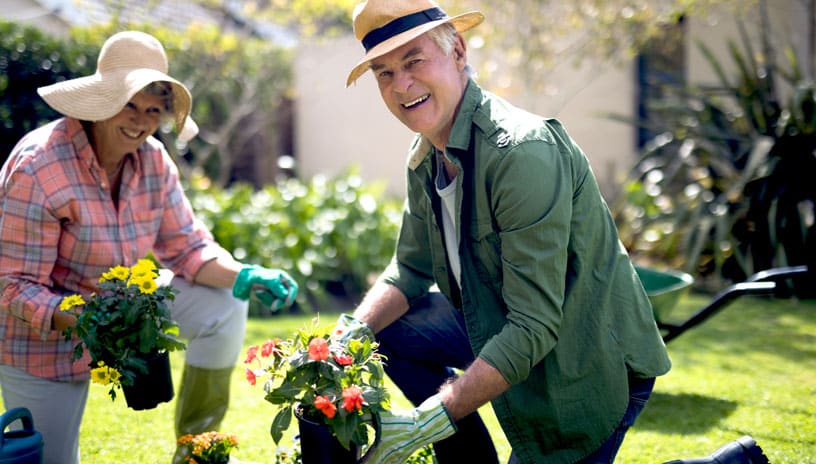Sun Safety and Skin Cancer Prevention

By taking the right precautions, you can enjoy the sun's benefits while protecting your skin.
Spending time outdoors is one of summer’s greatest pleasures, and the sunlight is beneficial to health. It can help lift your mood, aid your body in producing vitamin D, and encourage an active lifestyle. However, too much sun exposure can lead to serious health consequences, including skin cancer.
Protect your skin and health by practicing sun safety. Here’s what you need to know.
Why Sun Safety Matters
Sun safety refers to a variety of actions you can take to protect yourself from the sun, reduce your risk of sunburn, and help prevent skin cancer.
The sun emits ultraviolet (UV) radiation. Too much exposure can damage the DNA in skin cells. Over time, this damage builds up and can lead to skin cancer.
Today, skin cancer is the most common form of cancer in the United States. According to the Centers for Disease Control and Prevention (CDC), over 6 million Americans are treated for skin cancer each year.
While anyone can get skin cancer, certain groups face a higher risk. These include people with fair skin, light-colored eyes, and those with a family history of skin cancer. Individuals of all skin tones who live or work in conditions with high sun exposure are also at higher risk for skin cancer.
The Three Major Types of Skin Cancer
- Basal Cell Carcinoma (BCC): The most common type. Appears as a small, flesh-colored or pink bump.
- Squamous Cell Carcinoma (SCC): Often looks like a red, scaly patch or a sore that doesn’t heal.
- Melanoma: The most dangerous form. It can develop from an existing mole or appear as a new dark spot.
Early detection is crucial. Melanoma caught early is highly treatable, but if it spreads, it can become life-threatening.
How to Protect Your Skin
The good news is that skin cancer is preventable. The following sun safety habits can significantly reduce your risk:
#1. Seek Shade:
Avoid direct sunlight between 10 a.m. and 4 p.m. when UV rays are strongest. If your shadow is shorter than you are, it’s time to find shade.
#2. Use Sunscreen Daily:
Apply a broad-spectrum sunscreen with an SPF of 30 or higher. Reapply every two hours, and after swimming or sweating. Don’t forget often-missed spots like ears, tops of feet, and the back of your neck.
#3. Wear Protective Clothing:
Long sleeves, wide-brimmed hats, and sunglasses with UV protection offer valuable defense against the sun’s harsh rays.
#4. Avoid Tanning Beds:
Tanning beds expose your skin to harmful UV radiation and increase the risk of all types of skin cancer, especially among younger users.
#5. Monitor Your Skin:
Health professionals recommend an annual exam by a dermatologist. However, you should exam your skin monthly for new spots or changes in existing spots, moles, or lesions. Use the “ABCDE” rule for melanoma warning signs:
Asymmetry: One half is unlike the other.
Border: Irregular, scalloped, or poorly defined edges.
Color: Varied shades of brown, black, or other colors.
Diameter: Larger than a pencil eraser.
Evolving: Changes in size, shape, or color.
If you notice anything unusual, contact your healthcare provider or dermatologist.
Teach Children Early
A child’s skin is especially sensitive to UV damage. Just a few severe sunburns in childhood can double the risk of developing skin cancer later in life. Teach children sun-safe habits early and ensure they wear sunscreen, protective clothing, and hats when outdoors.
Sun Safety: Final Thoughts
Sun safety isn’t just for beach days; it should be part of your daily routine. Whether you work outside, garden, walk the dog, or run errands, protecting your skin helps prevent painful sunburns and reduces your risk of skin cancer.
The Moultrie County Health Department encourages you to stay safe, stay healthy, and enjoy the summer sun wisely.

